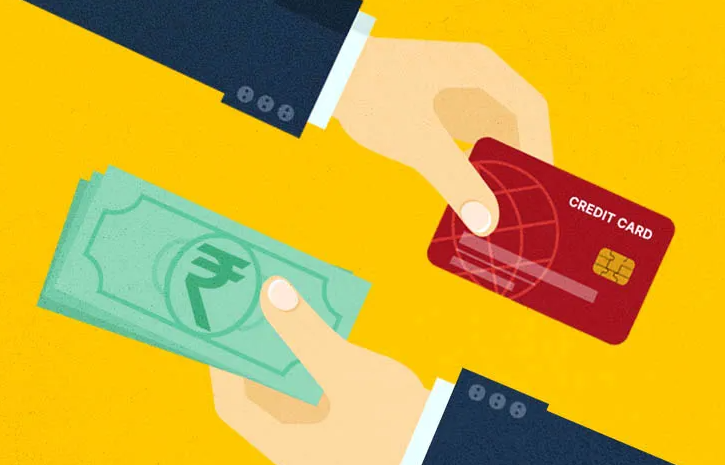
International money transfers are essential for individuals and businesses in our increasingly globalized world. Whether you need to send money to family abroad, pay for international services, or support your business operations, understanding the different transfer options is crucial.
In this article, we’ll explore the payment systems involved in international money transfers and delve into the pros and cons of both cash and card transfers. By the end, you’ll have a clear understanding of which method suits your needs best.
Payment System in the International Money Transfer
Payment systems play a vital role in facilitating international money transfers. They act as intermediaries, ensuring that funds move securely and efficiently from one country to another. One of the leading payment systems in this domain is KoronaPay europe.
KoronaPay is a robust payment system with an extensive reach, operating in over 50 countries across Europe, Asia, and other regions. The system supports both cash and card transfers, making it a versatile option for users. KoronaPay’s platform, coupled with its mobile application, allows users to send money internationally with ease and reliability.
Features of KoronaPay
- Wide Coverage: KoronaPay operates in EU countries, EEA, CIS countries, Southeast Asia, and more, providing comprehensive coverage for international money transfers.
- User-Friendly Interface: The Korona mobile application is designed to be intuitive and easy to use, even for those who are not tech-savvy.
- Security: Ensuring the safety of transactions is a top priority, with advanced encryption and security protocols in place.
With these features, KoronaPay simplifies the process of international money transfers, giving users the flexibility to choose between cash and card options.
Cash Transfers: Overview, Pros and Cons
Cash transfers involve sending physical currency from one location to another. This method has been used for decades and remains a popular choice for many individuals, especially in regions where digital banking is less prevalent.
Overview of Cash Transfers
Cash transfers typically require the sender to visit a physical location, such as a bank or a money transfer service provider. The sender provides the cash and details of the recipient, who then collects the funds from a corresponding location in their country.
KoronaPay offers a streamlined cash transfer service. Detailed instructions on how to send cash can be found on their official guide.
Pros of Cash Transfers
- Accessibility: Cash transfers are accessible to individuals who may not have a bank account or prefer not to use digital methods.
- Simplicity: The process is straightforward, requiring minimal paperwork and no need for internet access.
- Speed: In many cases, cash transfers can be completed quickly, with funds available for pickup almost instantly.
Cons of Cash Transfers
- Security Risks: Carrying large amounts of cash can be risky due to the potential for theft or loss.
- Fees: Cash transfers can incur higher fees compared to digital methods, especially for international transactions.
- Convenience: The need to visit a physical location can be inconvenient, particularly in remote areas.
Despite these drawbacks, cash transfers remain a viable option for many, particularly in regions where digital banking is not widespread.
Card Transfers: Overview, Pros and Cons
Card transfers involve sending money using a debit or credit card. This method leverages digital technology to facilitate fast and secure transactions, making it increasingly popular in our digital age.
Overview of Card Transfers
To send money via card transfer, the sender needs to use an online platform or mobile application, such as KoronaPay. The sender enters their card details and the recipient’s information. The transaction is processed electronically, and the recipient can access the funds through their bank account or a local money transfer service.
KoronaPay provides a detailed guide on how to pay with a card on their platform, which can be accessed here.
Pros of Card Transfers
- Convenience: Card transfers can be initiated from anywhere with internet access, eliminating the need to visit a physical location.
- Security: Digital transactions are encrypted and monitored for fraud, offering a higher level of security compared to cash transfers.
- Speed: Electronic transfers are often processed instantly or within a few hours, making them ideal for urgent transfers.
Cons of Card Transfers
- Fees: Depending on the service provider, card transfers can come with processing fees, especially for international transactions.
- Access: Not everyone has access to a debit or credit card, limiting the use of this method in certain regions.
- Technical Issues: Reliance on digital platforms means that technical issues or internet outages can disrupt the transfer process.
Card transfers are an excellent option for those who value convenience, speed, and security. However, it’s important to be aware of potential fees and ensure access to reliable internet.
Conclusion
When it comes to making international money transfers, both cash and card options have their distinct advantages and disadvantages. The choice between the two largely depends on the sender’s and recipient’s circumstances, preferences, and access to technology.
KoronaPay stands out as a versatile payment system that supports both methods, offering users the flexibility to choose the option that best suits their needs. With its wide coverage, user-friendly platform, and robust security measures, KoronaPay simplifies the process of sending money internationally.
By understanding the nuances of cash and card transfers, you can make informed decisions that ensure your money reaches its destination quickly and safely. Whether you prefer the traditional route of cash transfers or the modern convenience of card transfers, KoronaPay provides a reliable solution for all your international money transfer needs.
